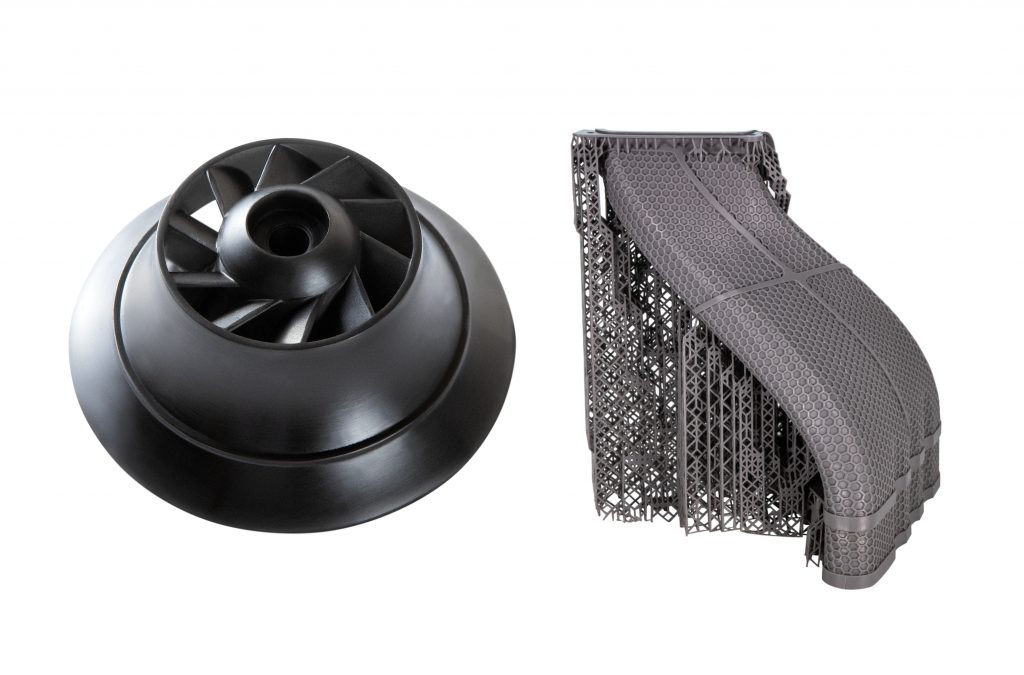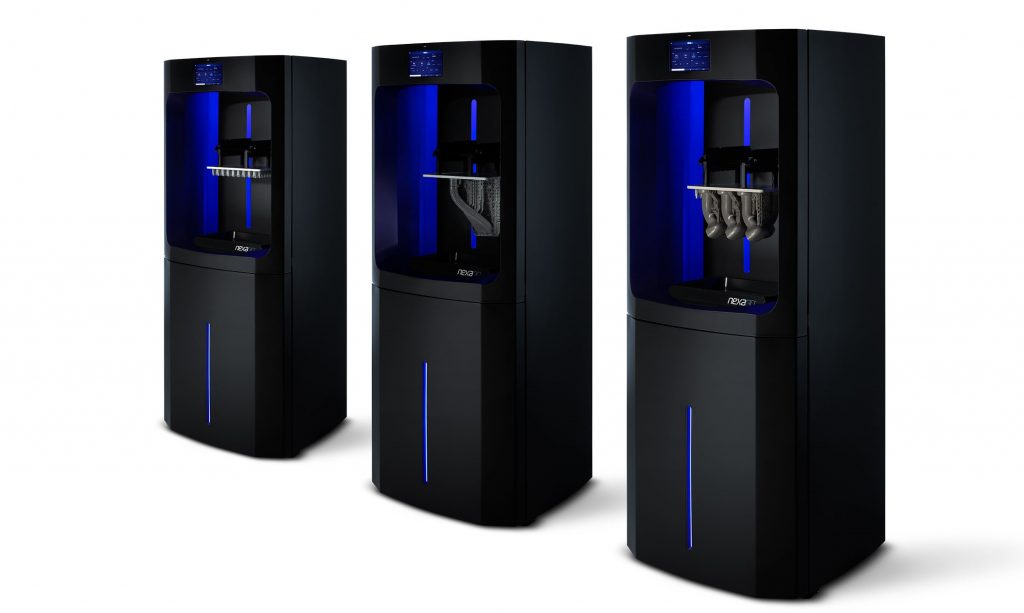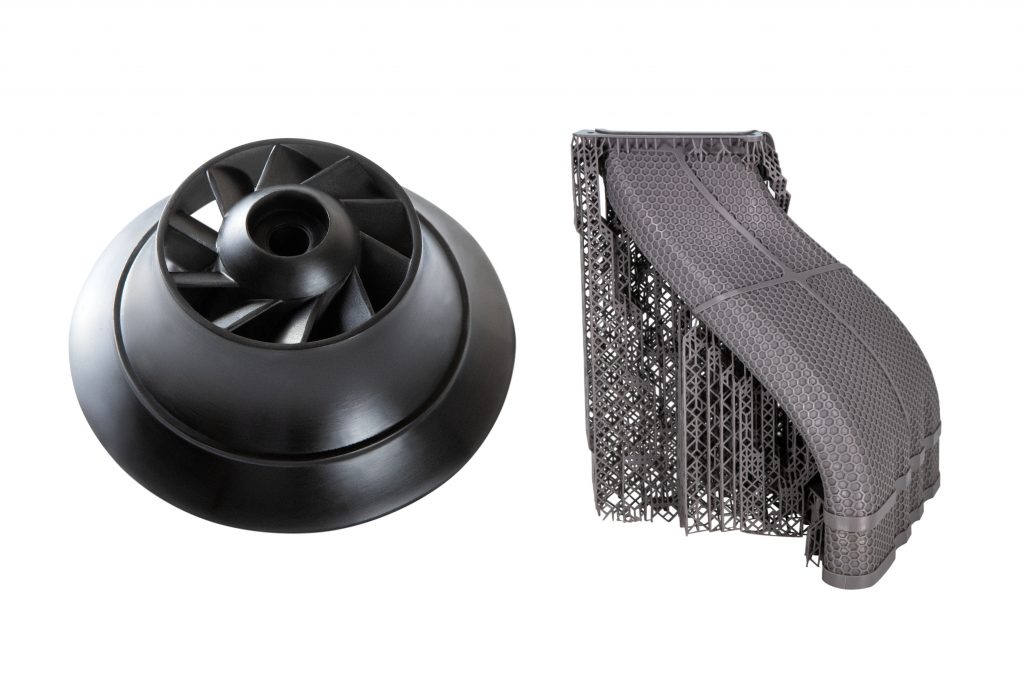Formula 1 racing team Williams Racing has announced a partnership with 3D printer manufacturer Nexa3D to produce custom polymer parts for motorsport applications.
Specifically, the racing team will be able to leverage Nexa3D’s high-speed NXE400 3D printer to manufacture functional wind tunnel components. The lightweight parts will be used to help test the aerodynamic properties of the team’s race cars, ensuring they remain competitive in the high-octane world of Formula 1.
Al Peasland, Head of Technical and Innovation Partnerships at Williams Racing, states, “We’re extremely excited to announce our partnership with Nexa3D and look forward to enhancing our additive manufacturing capabilities with their innovative high-speed printing technologies. Formula One is a challenging environment that demands a continuous improvement philosophy in order to remain competitive.”

Nexa3D’s high-speed LSPc technology
The flagship NXE400 system operates on the company’s proprietary Lubricant Sublayer Photo-curing (LSPc) technology, Nexa3D’s take on resin-based 3D printing. The system boasts a 20x productivity increase over its industrial competitors, owing to its patented structured light matrix and large-format build volume measuring 275 x 155 x 400mm. By opting for the NXE400 over conventional manufacturing techniques, Williams Racing will be able to cut its production times from hours to minutes, all while minimizing material waste.
“Our partnership with Williams Racing represents the fusion of top-tier engineering and race car performance,” said Avi Reichental, co-founder and CEO of Nexa3D. “With its ultrafast production cycles, the NXE400 represents the Formula One of additive manufacturing at scale. Few companies appreciate speed like Williams Racing and they represent the perfect partner for our polymer 3D printing technology.”

Shaving off the seconds with NexaX
The NXE400 works in conjunction with the company’s NexaX software, a comprehensive ‘file-to-part’ platform that features both file slicing capabilities and full manufacturing execution system (MES) workflow functionality. As such, the Williams Racing team will be able to cover every aspect of the pre-printing preparation stage to 3D print their structurally optimized, lightweight wind tunnel parts.
Izhar Medalsy, CTO of Nexa3D, has previously said, “With our NXE 400 3D printers completing entire jobs in 15- to 30-minute cycles, we quickly realized that file preparation and build set up are new sources of bottlenecks as these processes can take orders of magnitude longer than the entire print job. This problem is exactly what we set out to solve with NexaX.”
Nexa3D’s software uses process interplay algorithms to optimize the entire end-to-end 3D printing production cycle to ensure a high-level of part performance and minimal lead times. NexaX also features resin consumption estimation functionality and a live print view mode for in-situ process monitoring. Additionally, Williams Racing will be able to integrate the program with other software tools via the platform’s APIs, which allow for generative design, automated print parameter optimization, and even ROI calculators.
Peasland concludes, “Our partnership will enable the team to continue to push boundaries in 3D printing, and present new opportunities for Nexa3D to further advance their revolutionary technology.”

Earlier this year, Nexa3D also partnered with dental product manufacturer Keystone Industries to enable customers to use KeyPrint dental resins on the company’s NXE400 system. The collaboration has meant that all of Keystone’s precision dental resins were made immediately available through Nexa3D’s global channels.
Elsewhere, Nexa also partnered with software developer CASTOR to launch its ‘Ximplify’ 3D printing cost analysis tool back in November. Introduced as part of the NexaX platform, Ximplify combines process and geometry algorithms with validated workflows to identify parts that could be optimized via 3D printing.
Subscribe to the 3D Printing Industry newsletter for the latest news in additive manufacturing. You can also stay connected by following us on Twitter and liking us on Facebook.
Looking for a career in additive manufacturing? Visit 3D Printing Jobs for a selection of roles in the industry.
Featured image shows Williams Racing’s FW43B F1 car. Image via Williams Racing.
